Hip Dislocation In Infants
- Home
- Hip Dislocation In Infants
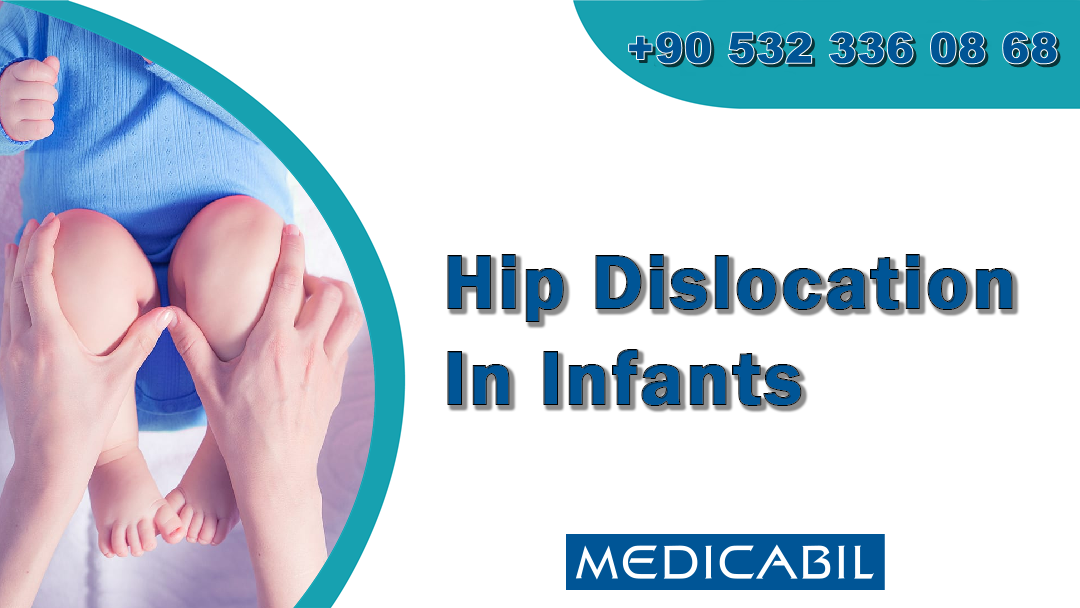
Causes Of Hip Dislocation In Infants
Doctor of orthopedics Prof. Dr. Omar Faruk Bilgen states that hip dislocation is a disorder, a disease that begins in the womb, in the womb, that is, in the intrauterine period. In addition, hip dislocation, the baby's position in the womb, genetic predisposition in the family can be many reasons, said Prof. Dr. Bilgen underlines that the Diagnostic and treatment processes of hip dislocation in childhood are followed by pediatric orthopedics specialists.
How Is Hip Dislocation Understood In Babies?
Chairman Of The Board Of Private Medicabil Hospital Prof. Dr. Omar Faruk Bilgen makes some warnings to parents. Here is the question that should be considered and focused on: “how to understand hip dislocation in infants?", is the question. As a preventive treatment, babies should be examined as soon as they are born by a child health and disease specialist. If possible and the conditions are appropriate, it would be very correct to examine the baby by an orthopedist and traumatologist at this point. In this way, if there is trouble, it can be seen instantly and appropriate treatment can be developed with early diagnosis. Parents should not disrupt the controls for 6 months after the baby arrives in the world. In addition, a little too much use of the decongestant gland, keeping the leg open, not swaddling are also the points that mothers should pay attention to.
Prof. Dr. Bilgen says that today, as a result of the warnings of the Ministry of Health, we are less aware of such situations with the awareness of our society, while parents no longer maintain traditional practices. But it is useful to draw a few points under it. When the baby is intrauterine, there may be a number of developmental deficiencies as a result of its position, genetic factors, or hormonal changes. If this condition is skipped in childhood and is not noticed, it can occur in later times, in young adulthood, at the age of 10, at the age of 15, at the age of 20, at the age of 30. At this point, early detection and treatment are important.
Order Blogs
-
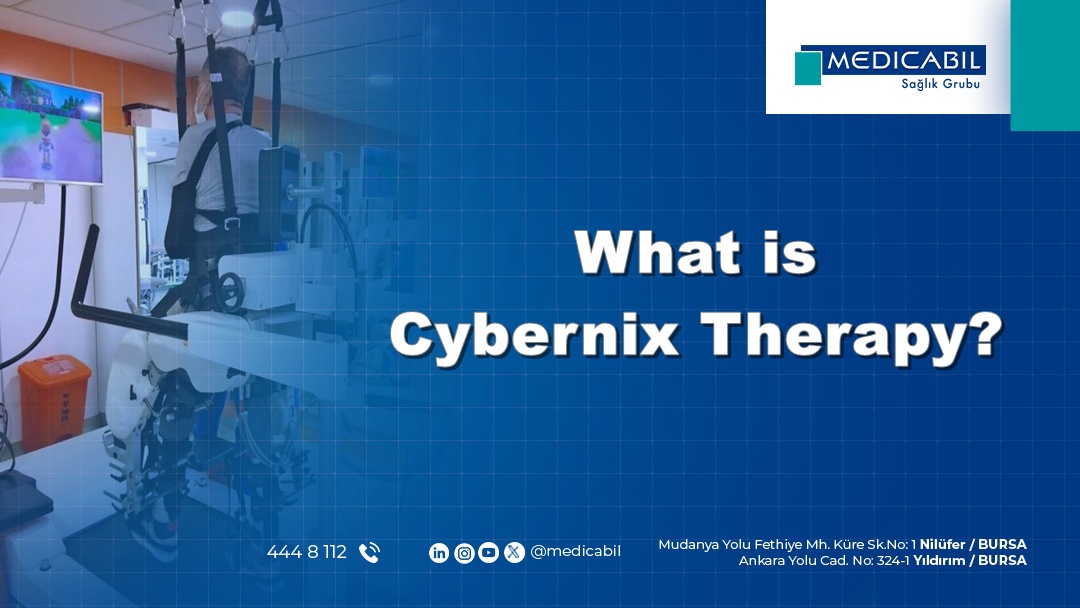 What is Cybernix Therapy?
What is Cybernix Therapy?
-
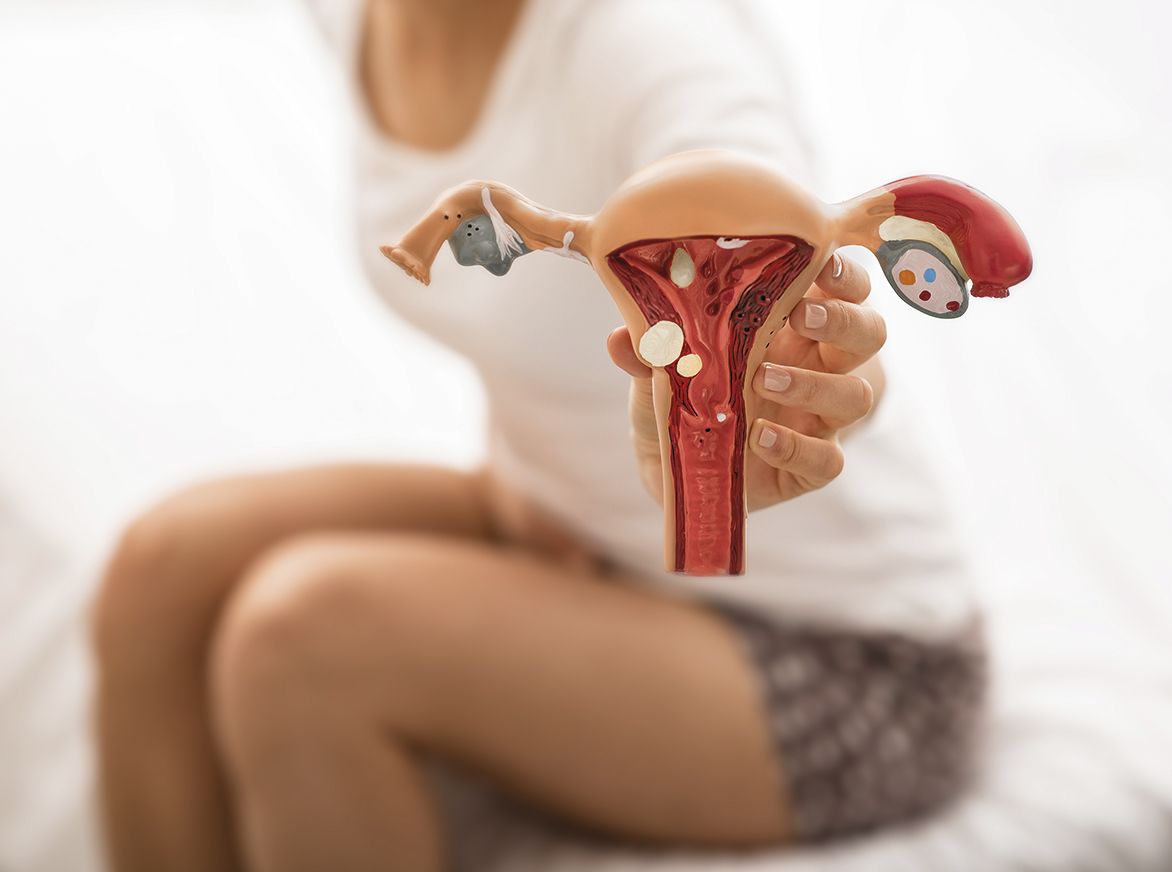 What is Endometriosis (Chocolate Cyst)? What are the symptoms? How to Treat?
What is Endometriosis (Chocolate Cyst)? What are the symptoms? How to Treat?
-
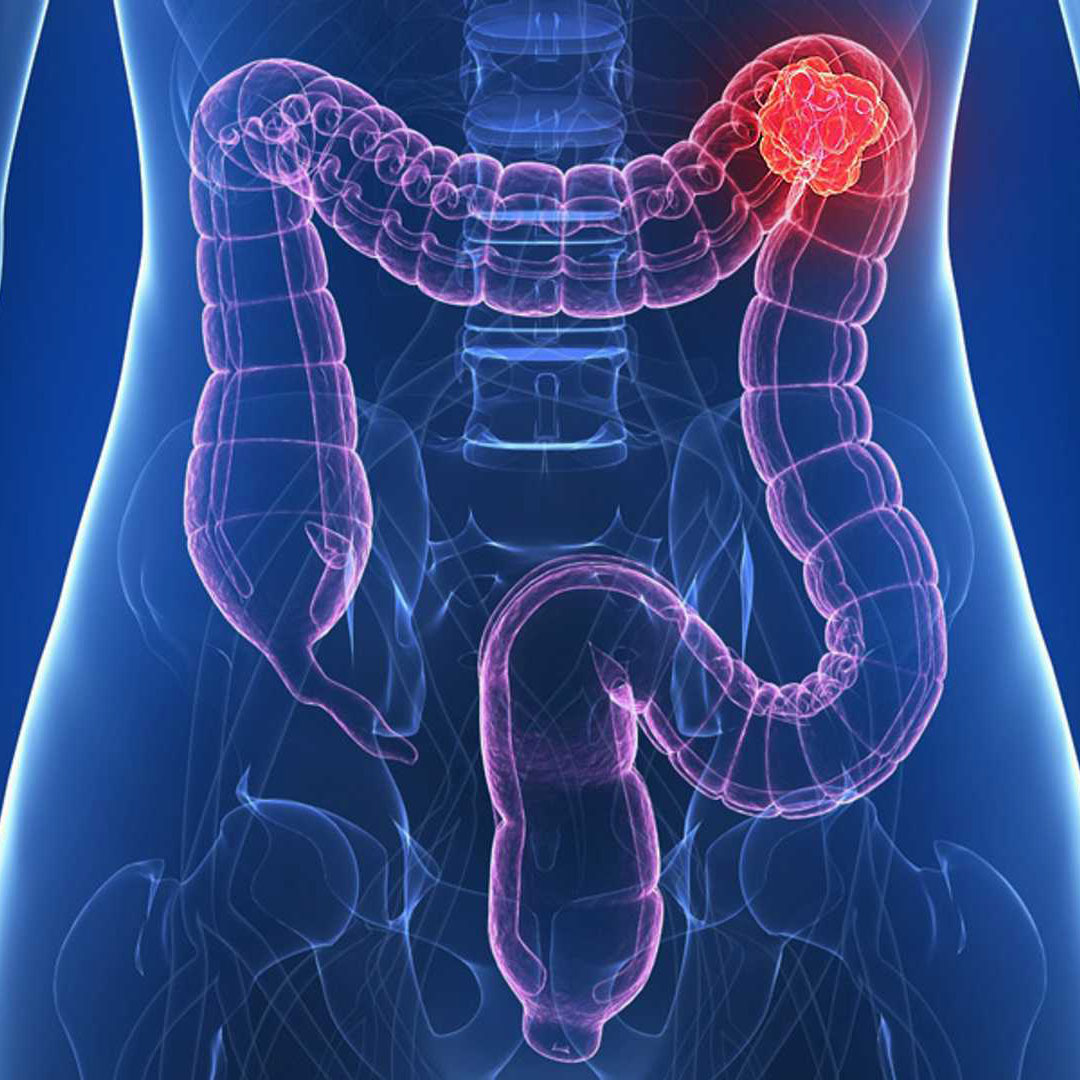 Colon Cancer (Symptoms, Stages, Treatment)
Colon Cancer (Symptoms, Stages, Treatment)
-
 Influenza (Flu) in Children
Influenza (Flu) in Children
-
 Stomach Cancer Symptoms and Treatment Methods
Stomach Cancer Symptoms and Treatment Methods
-
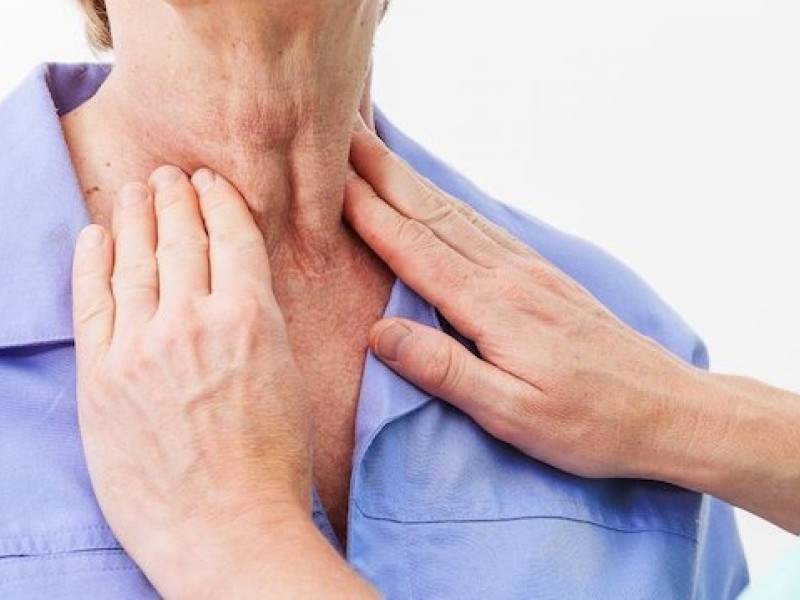 What is Lymph Node Swelling? What Are The Reasons?
What is Lymph Node Swelling? What Are The Reasons?
-
 When to Use Antibiotics? What are the side effects? What is Antibiotic Resistance?
When to Use Antibiotics? What are the side effects? What is Antibiotic Resistance?
-
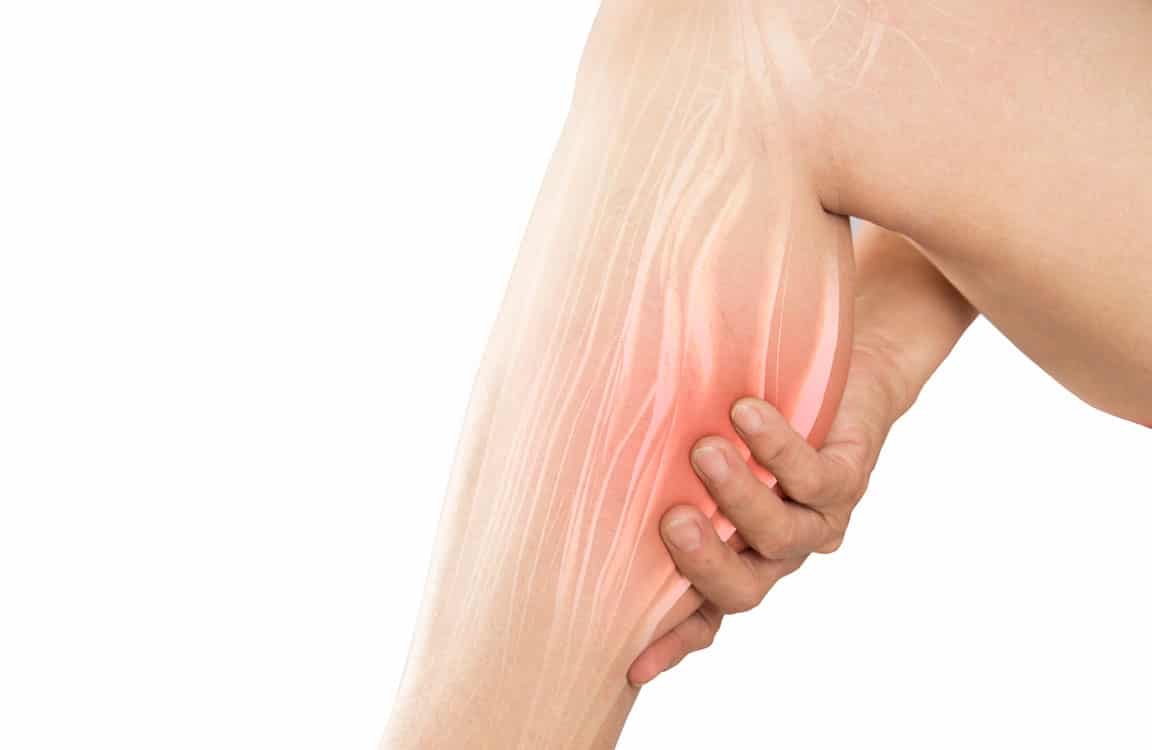 What is Muscle Spasm?
What is Muscle Spasm?
-
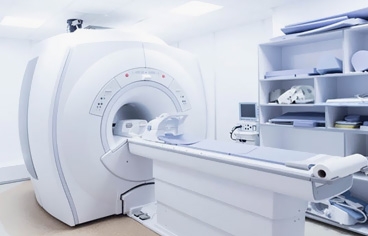 What is MRI? How to Take an MRI with Medication? Is It Harmful?
What is MRI? How to Take an MRI with Medication? Is It Harmful?
-
 What are the Causes of Diarrhea and Vomiting? How to Treat?
What are the Causes of Diarrhea and Vomiting? How to Treat?
